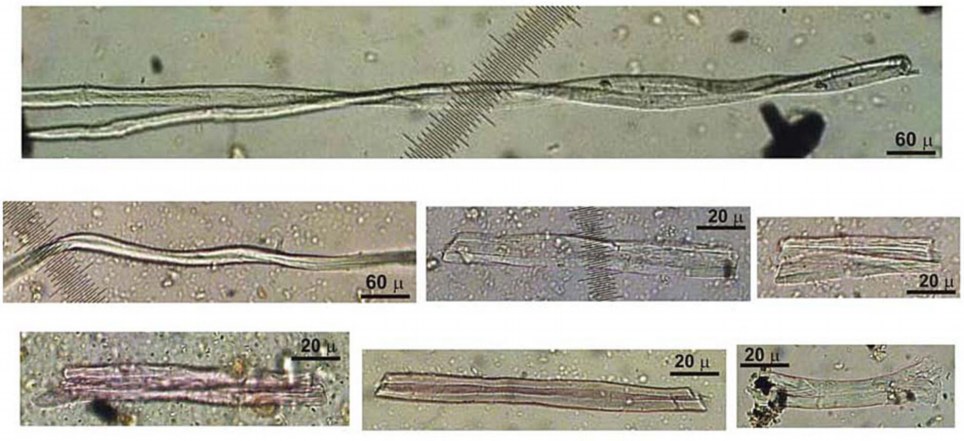
|
Daynotes
Journal
Week of 21 September 2009
Latest
Update: Thursday, 24 September 2009 09:03 -0400
|
Monday, 21 September
2009
10:26
-
My balance is better than it was, but I'm still suffering from
blurred/double vision, which is one of the listed side effects of the
drug I'm taking. I apparently have labyrinthitis, which is an
inflammation of the inner ear that affects balance and causes vertigo.
The normal course of the problem is a couple of days to a couple of
weeks. But at least I can work now. Also, I'm now able to read, which
is a relief from all the video's I've been watching.
Tuesday, 22 September
2009
08:20
- I suppose it was inevitable.
From: Chris Christensen
To:
Robert Bruce Thompson
Date: Mon Sep 21
22:53:18 2009
Re: ear
infection
Robert: I always
thought you were a bit unbalanced, but good luck with the ear infection!
Wednesday, 23 September
2009
13:12
-
I'm still affected by vertigo, but fortunately it's having little
impact on getting work done. I'm told that the normal course of
labyrinthitis is a couple of days to a couple of weeks, although the
duration ranges from only a few seconds to several months. I can adapt
as necessary until it goes away. The most annoying part is not being
able to help Barbara with routine household chores. I did manage to do
several loads of laundry Sunday, but I can't bend down to load the
dishwasher or even stand unsupported long enough to dry the handwashed
dishes. I hope things improve soon.
I'm back to being able to
read and use the computer normally, although for several days we
watched a lot of videos. Most recently, we've been watching Castle with
Nathan Fillion, whom we've both liked since we first saw him in Buffy
the Vampire Slayer and later in Firefly. Barbara declares that he's an
extremely good-looking man. I can't see it. He looks perfectly average
to me. I think the same thing about Paul Newman and David Boreanaz, but
all my women friends agree that they're something special. On the other
hand, they don't see anything particularly special about some of the
women I drool over. I guess we're all hopelessly heterosexual.
Work continues on the Make: Science Room stuff.
Thursday, 24 September 2009
08:12
-
Julia Child was an extraordinary woman. Although best known for her
cookbooks and television shows, Child was a very intelligent woman with
wide-ranging interests. In WWII, for example, she joined the OSS, where
she initially reported directly to William "Wild Bill" Donovan. She was
later a part of the OSS research team that worked on developing shark
repellents to protect downed aviators and to discourage sharks from
accidentally detonating mines that were deployed to protect harbors
against submarines. Eventually, she became a field operative for the
OSS, and was stationed in Ceylon and later China.
Child was also fascinated with science. In
this video, she explains the basics of abiogenesis by reproducing, in
her own kitchen, the classic 1953 Urey/Miller experiment to illustrate
how the essential organic building blocks of life might have been
created by natural processes operating on simple inorganic chemicals.
This is an experiment that I've always wanted to reproduce, but the
required equipment is complex enough that I've never gotten around to
attempting it.
09:03
-
These images reminded me a lot of many similar images I shot for the
forensics book. They're of flax fibers, some dyed and some natural.
What's extraordinary about these particular flax fibers is that they
have been dated to about 34,000 years ago, to a time when H. sapiens
sapiens and H. sapiens neanderthalensis still shared the planet. It
appears that things were a bit more colorful 34,000 years ago than anyone previously thought.
Which brings up an interesting point. I recently read Aaron Elkins' Uneasy Relations.
The plot was built around a (fictional) recent find of the skeleton of
an H. sapiens sapiens woman cradling the skeleton of an H. sapiens
neanderthalensis child, suggesting that H. sapiens sapiens and H.
sapiens neanderthalensis cohabited. What I found disturbing was that
throughout the book Elkins referred to "humans" and "Neanderthals" with
the implication that Neanderthals were not human.
In fact,
Neanderthals were almost certainly as "human" as you or me. If you
passed one on the street, you wouldn't think twice. Here's a reconstruction of a Neanderthal child who lived and died more than 30,000 years ago. How could anyone think this child was anything but human?
Friday, 25 September 2009
00:00
-
Saturday, 26 September
2009
00:00
-
Sunday, 27 September
2009
00:00
-
Copyright
© 1998,
1999, 2000, 2001, 2002, 2003, 2004, 2005, 2006, 2007, 2008, 2009 by
Robert
Bruce
Thompson. All
Rights Reserved.



